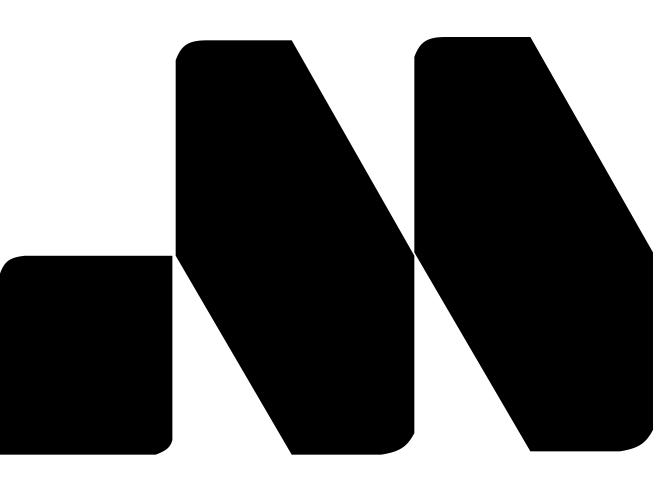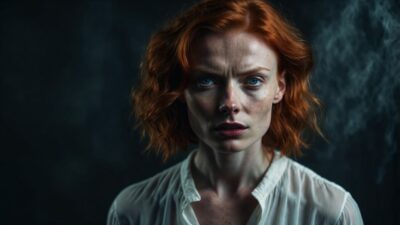Let’s be clear from the start: I am a passionate advocate for artificial intelligence in the creative process. I see the debate online, the fear from many creators that AI is a threat, an enemy at the gates ready to devalue our work. I couldn’t disagree more. For me, AI is the single most powerful tool we’ve been given to fight our oldest and most formidable foe: the blank page.
1. The Universal Panic of the Blank Page
Every creator, no matter their field, knows the feeling. That paralyzing anxiety when you stare at a blank screen, an empty canvas, or a silent timeline. The pressure to create something from nothing can be immense, leading to procrastination and creative block. For years, we developed rituals to overcome it—walks, music, endless cups of coffee. Now, we have a co-pilot.
2. Practical Magic: Generating Concepts with Text AI
Imagine you need to come up with a slogan for a new eco-friendly coffee brand. The old way involved a whiteboard, a thesaurus, and hours of mental gymnastics. The new way? I open a text-based AI and ask it to generate 50 slogan ideas based on keywords like “sustainable,” “morning ritual,” and “bold flavor.”
In less than a minute, I have a massive list. Are they all perfect? Of course not. But among them are sparks of genius, unexpected word combinations, and different angles I hadn’t considered. My job isn’t to create from a vacuum anymore; it’s to curate and refine the best of what the AI provides.
3. Visual Worlds in an Instant: Moodboards with Image AI
This is where it gets truly transformative. A client gives me an abstract concept: “We want our brand to feel like ‘a nostalgic future’.” What does that even look like? Previously, this meant hours, if not days, of searching through stock photos and design blogs to assemble a moodboard.
Now, I can feed that exact phrase into an image generator. I can ask for variations: “in the style of a 1970s sci-fi film,” “with a minimalist Japanese aesthetic,” “using a pastel color palette.” In minutes, I have a dozen unique visual interpretations of the core idea. It’s not the final design, but it’s an incredible visual shortcut that aligns my vision with the client’s faster than ever before.
4. The Human Element: The Creator as Curator
This is the most critical point: AI doesn’t replace the creator; it empowers them. The AI is a brilliant, tireless, and infinitely creative intern. It generates the raw material, the brainstorms, the rough sketches. But the human—the designer, the writer, the artist—is still the director.
Our role shifts. We are the curators of taste, the strategists who know which idea will resonate with the target audience, and the skilled craftspeople who take that AI-generated spark and polish it into a final, professional product. AI provides the quantity; we provide the quality and the soul.
The blank page isn’t scary anymore. It’s an invitation to a conversation with a creative partner that never runs out of ideas. For me, that’s not a threat—it’s the future.





